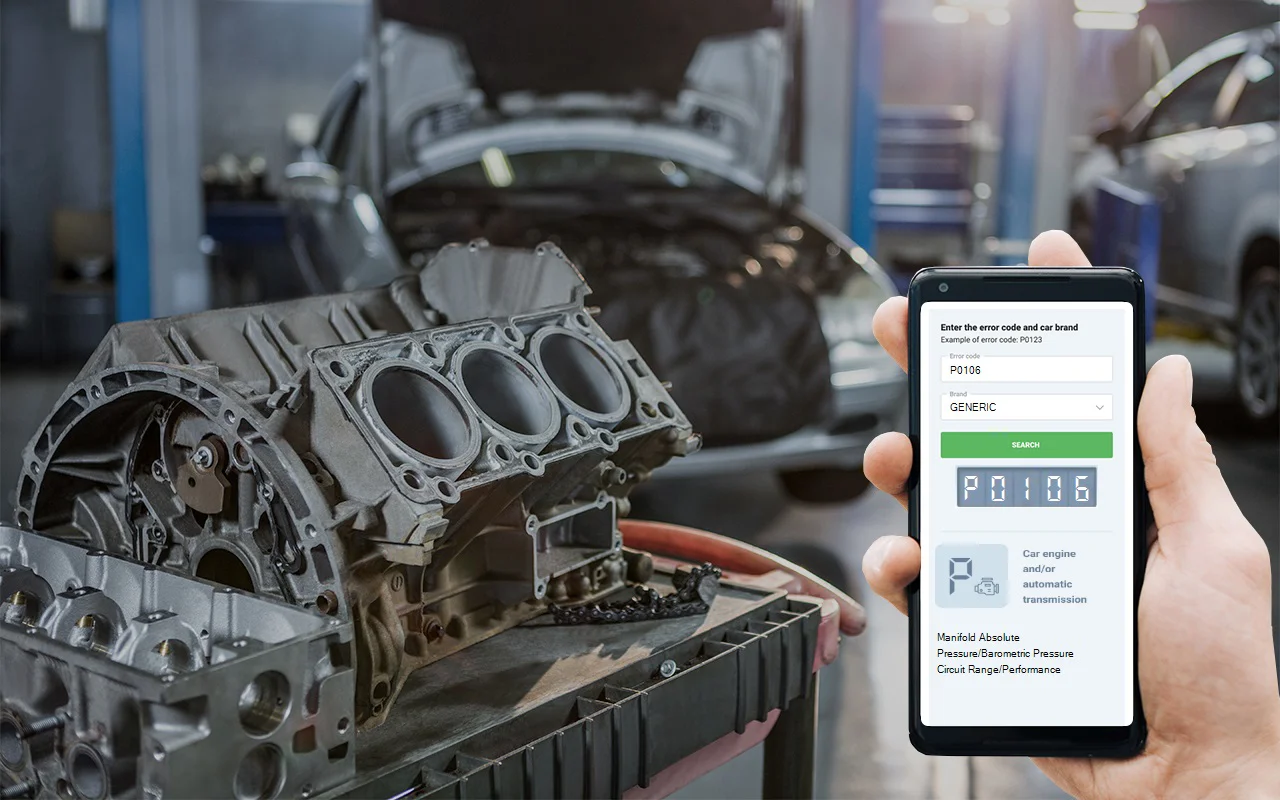Specifically, the P0106 code indicates a problem with the range or performance of this sensor circuit, meaning that the readings from the sensor are outside the expected range or not performing as they should. This issue can lead to engine performance problems if left unchecked.
The P0106 code is a common issue in Chevrolet vehicles, particularly in models such as the Chevrolet Aveo, Cruze, Silverado, Equinox, Epica, Lacetti and Malibu. These vehicles tend to experience issues with the MAP or barometric pressure sensor circuit due to the way their sensor systems are designed. Over time, these systems can become more prone to electrical interference, sensor failure, or wear on the wiring, which can trigger the P0106 error code.
❗ If you own one of these Chevrolet models, it’s important to regularly inspect the MAP sensor, vacuum hoses, and wiring to prevent the P0106 error code from appearing. Taking proactive measures will help maintain your vehicle’s engine performance and efficiency.






